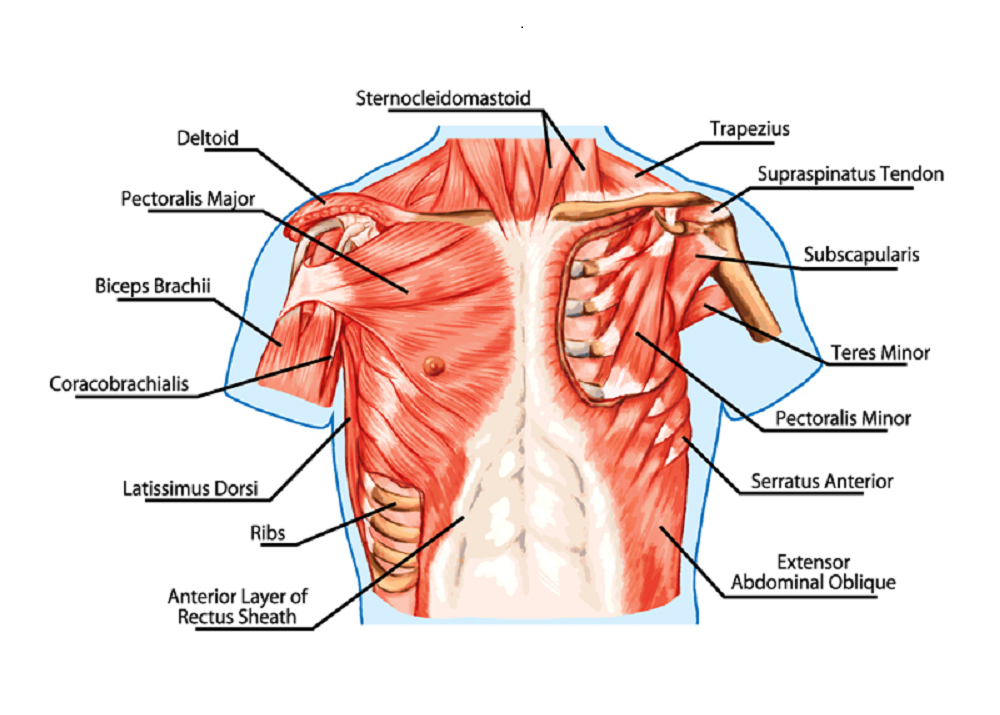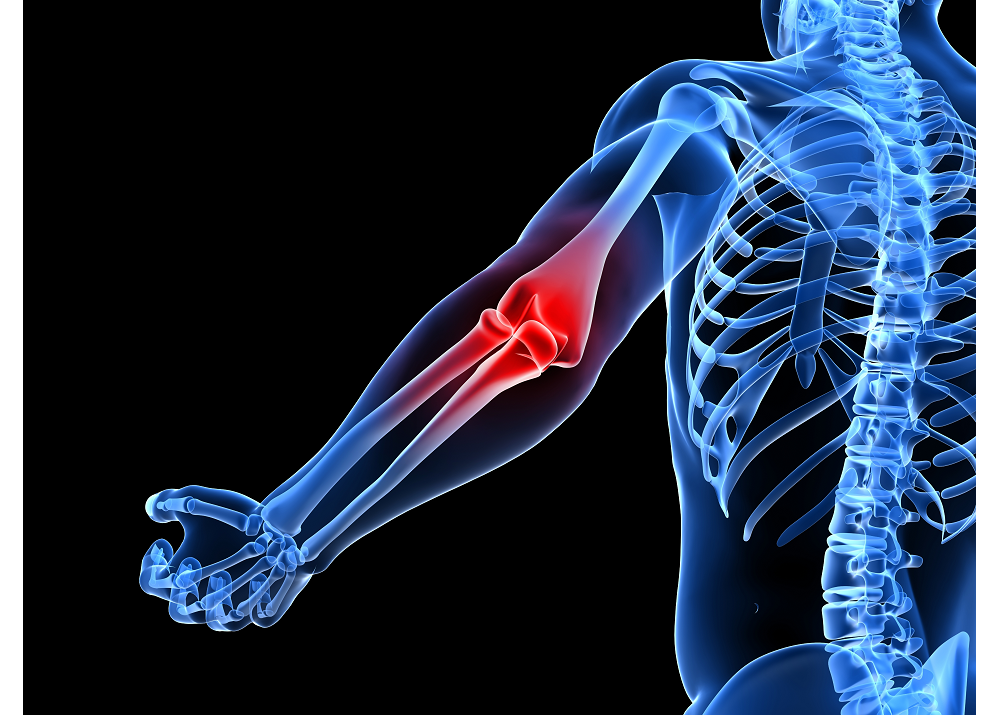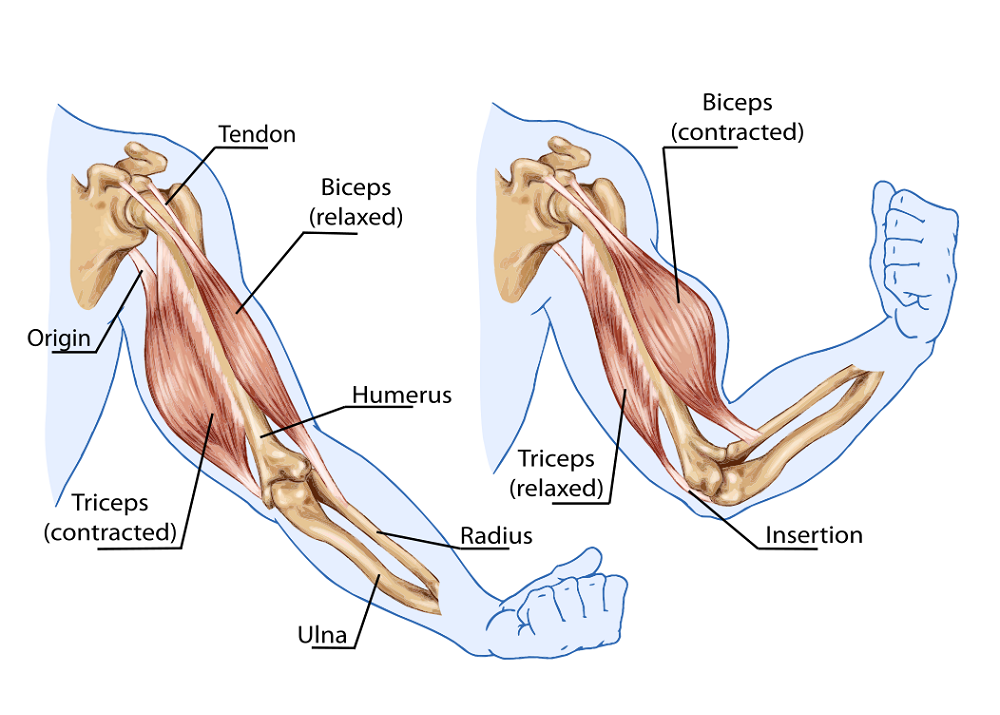Introduction:
The shoulder, a marvel of biomechanics, boasts a complex network of muscles that contribute to its incredible range of motion and functionality. In this blog post, we embark on an exploration of the major muscles involved in the shoulder joint, unraveling their roles, interactions, and the profound impact they have on our ability to perform everyday activities and engage in sports with precision.
-
Deltoid Muscle: The deltoid is the powerhouse of the shoulder, forming the rounded contours we often associate with well-developed shoulders. Comprising anterior, lateral, and posterior heads, the deltoid is responsible for shoulder abduction, flexion, and extension.
-
Rotator Cuff Muscles: A group of four muscles—supraspinatus, infraspinatus, teres minor, and subscapularis—make up the rotator cuff. These muscles work synergistically to stabilize the shoulder joint and facilitate various movements, including internal and external rotation.
-
Trapezius Muscle: The trapezius muscle spans the upper back and neck, extending down to the middle of the spine. It contributes to shoulder movements by controlling the scapula during activities like shrugging, pulling, and rotating the shoulders.
-
Latissimus Dorsi Muscle: The latissimus dorsi, or "lats," is a broad muscle that extends from the lower back to the shoulder. It assists in shoulder adduction, extension, and medial rotation, playing a key role in movements like pulling and rowing.
-
Pectoralis Major Muscle: The pectoralis major, located in the chest, aids in shoulder flexion, adduction, and horizontal adduction. It is actively engaged in movements like pushing and lifting.
-
Rhomboid Muscles: The rhomboids, comprised of rhomboid major and rhomboid minor, lie between the shoulder blades. They contribute to scapular retraction and elevation, influencing posture and shoulder stability.
-
Serratus Anterior Muscle: The serratus anterior, positioned along the sides of the ribcage, assists in protracting and stabilizing the scapula. This muscle is vital for maintaining proper shoulder mechanics during activities like pushing and reaching.
Importance of Shoulder Muscle Health:
-
Optimal Range of Motion: Healthy and well-conditioned shoulder muscles ensure an optimal range of motion, allowing individuals to perform daily activities with ease and engage in sports with precision.
-
Injury Prevention: Strengthening and conditioning the shoulder muscles is crucial for injury prevention. A balanced and resilient shoulder complex reduces the risk of strains, impingements, and other shoulder-related injuries.
-
Functional Fitness: From lifting objects to throwing a ball, the major muscles in the shoulder joint play a central role in functional fitness. A strong and coordinated shoulder complex enhances overall physical capabilities.
Conclusion:
The intricate web of muscles in the shoulder joint forms a symphony of movement, enabling us to interact with the world in myriad ways. Understanding the roles and functions of the major shoulder muscles is a key step toward fostering shoulder health, preventing injuries, and unlocking the full potential of this remarkable joint. Whether you're an athlete, fitness enthusiast, or someone navigating the demands of daily life, the strength and flexibility of your shoulder muscles are instrumental in shaping your physical prowess and overall well-being.



